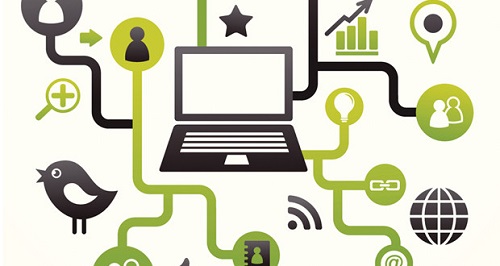








I’m not surprised by all the current excitement for new technologies and for what we think might be emerging trends in the hotel industry. In the press and at shows like CES or ALIS, hotels and online travel agencies are talking about artificial intelligence and chatbots, personalization in the booking process or direct-mail marketing, and even robot butlers.
While I share everyone’s enthusiasm for seeking out the next big thing for serving our guests and running our hotels, I think we all need to take a step back and consider a more fundamental challenge before we add more bells and whistles to the tech stack.
We now have more systems and platforms than ever. Are they set up to work together in a way that makes the most sense?
The good news is the industry has made a fundamental shift and many companies are no longer focused on developing their own proprietary systems in house. This approach has proven costly and ineffective, especially when there are partners focused on building the best property management system, central reservation system or whatever. Many hotel companies are trying to migrate their tech stack to the cloud.
Regardless of how much hotels have lifted their IT infrastructure to the cloud, they face significant limitations to what their technology can do if the system’s architecture is inefficient. Saying it’s “in the cloud” doesn’t fix an inadequate design.
As an industry, we’ve come to a place where handfuls of systems make a fragmented, decentralized web that holds hotels back, even as they’re able to take advantage of digital bookings and distribution.
It’s an unintended consequence of hospitality’s impressive growth through the digital age. Hotels’ tech architecture grew layer by layer as new systems and needs emerged. The next breakthrough advancement could come from hotel CIOs figuring out the best way to align systems so that data is shared accurately in real time, allowing properties to maximize their potential and their revenue.
Think of it this way: The disjointed architecture many hotels use today is comparable to a car from the late ’90s, which was “fully loaded” back then but would be obviously outdated now. Twenty years ago, you could add state-of-the-art conveniences to your car, like a portable CD player that worked through an adapter in your tape deck, and a car phone. GPS wasn’t common; you probably had a paper map in your lap.
But today, if you buy a new car, it comes with a factory-installed Wi-Fi hotspot and Bluetooth technology that connects to everything on your smartphone—which makes phone calls and plays all your music. Many cars come standard with digital maps, turn-by-turn navigation and push-button roadside assistance.
In 2017, many hotels are the old car, and their PMS, online booking engine, CRS, RMS and more are the CD player, car phone and dash-mounted radar detector. Sure, they all fit and they get their discrete tasks done, but eventually you can’t see out your windshield and run out of cigarette lighter ports to plug everything in.
Reevaluating your tech stack—including a rebalance between your on-premise hardware and off-premise software you could run in the cloud—can be your hotel’s chance to get the new car. If you could design your tech platforms to work in concert from the beginning, how would you do it? Think about what better mileage you could get out of your assets and your people with a better setup.
Copyright 2006-2025 Shanghai Sinoexpo Informa Markets International Exhibition Co., Ltd. All rights reserved